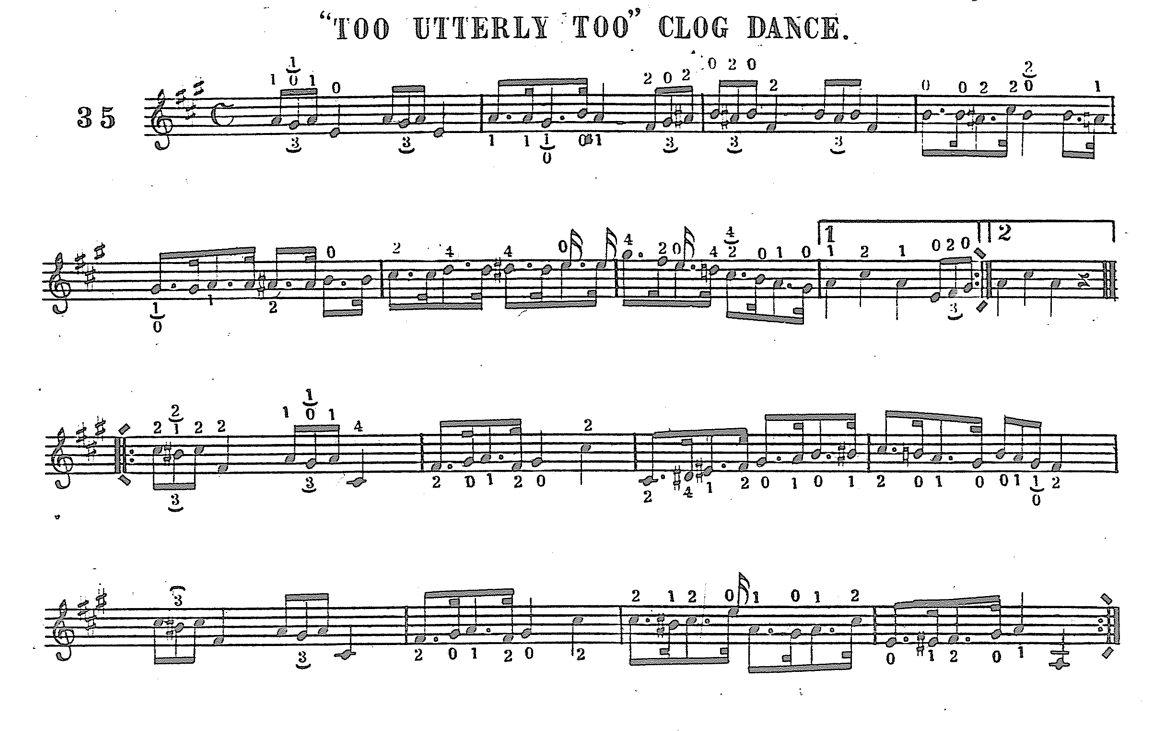When I was thinking about to do with my “Rocking Yukon Gold” soundtrack, I wanted to do something like a cowboy death song. I didn’t want to do yet another version of “Streets of Lauredo” (aka Saint James Infirmary), so what I used instead is a sad gospel number called “Talk About Sufferin'”.
I decided to do a multrack recording instead of the acapella feel I usually do, and to get all the parts to line up I wrote down melody. So, for the benefit of people who want to play the song for themself, here’s that.
Talk About Suffering (Sibelius file for anybody who wants to modify it)
 Click for full-size
Click for full-size
I set the tempo of the song so that the overall length would be about the same as the video clip, then exported a MIDI file to send to Garageband. For people who might want to use the song in an electronic context like a remix, here’s that:
Talk About Suffering (MIDI)
That MIDI has the exact arrangement I used here, including a two-bar count-off, so you’ll probably want to clip parts out. You could also use it to make your own music to fit the clip.
Over in Garageband I put the MIDI file in its own track, then created some real instrument tracks for recording.
I did the recording with an SM 81 mic through a TubeMP preamp via USB into a Macbook. I made the recordings by playing along with the MIDI file, using it to keep everything in sync. The guitar was a National Estralita.
I did three tracks in this order, rhythm guitar, whistling, bottleneck guitar. In the mix I panned rhythm center, whistling and bottleneck on either side. I’m happy to release stems for parts, just ask.
Even though the source song is called “Talk About Suffering”, my version here is called “Rocking Yukon Gold.”
Here’s the mix as an audio file:
Rocking Yukon Gold (MP3)
Rocking Yukon Gold (AIFF)
No Flac or Ogg version today. If any person out there can show me a single additional listen that I’ll get as a result of making them, I’ll make them. I dare you. I want to do it, but I don’t want to be fooling myself.
To make it easy for people who have Garageband to get in there and do whatever they want, I have created a zip file of the multitrack Garageband project. This has the MIDI and all three tracks:
Talk About Suffering (Zip of Garageband project)
My own copyright in this is hereby waived courtesy of the Creative Commons 0:
The person who associated a work with this document has dedicated this work to the Commons by waiving all of his or her rights to the work under copyright law and all related or neighboring legal rights he or she had in the work, to the extent allowable by law.
The CC 0 deal comes out this whole blog conversation about CC 0 that Victor Stone started.
Here’s the foobar for the copyright stuff:

To the extent possible under law, Lucas Gonze
has waived all copyright and related or neighboring rights to
Rocking Yukon Gold.
This work is published from
United States.
.png)
.png)
.png)
.png)


 It’s a great little composition with a lot of spooky flavor. Very
It’s a great little composition with a lot of spooky flavor. Very 

 Click for full-size
Click for full-size